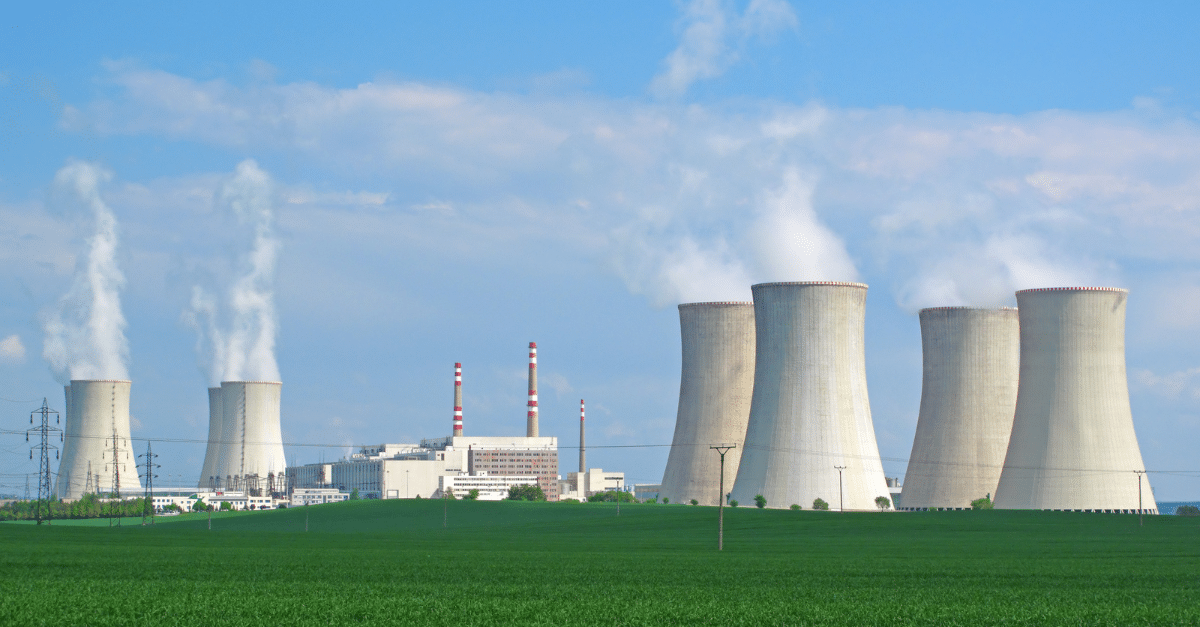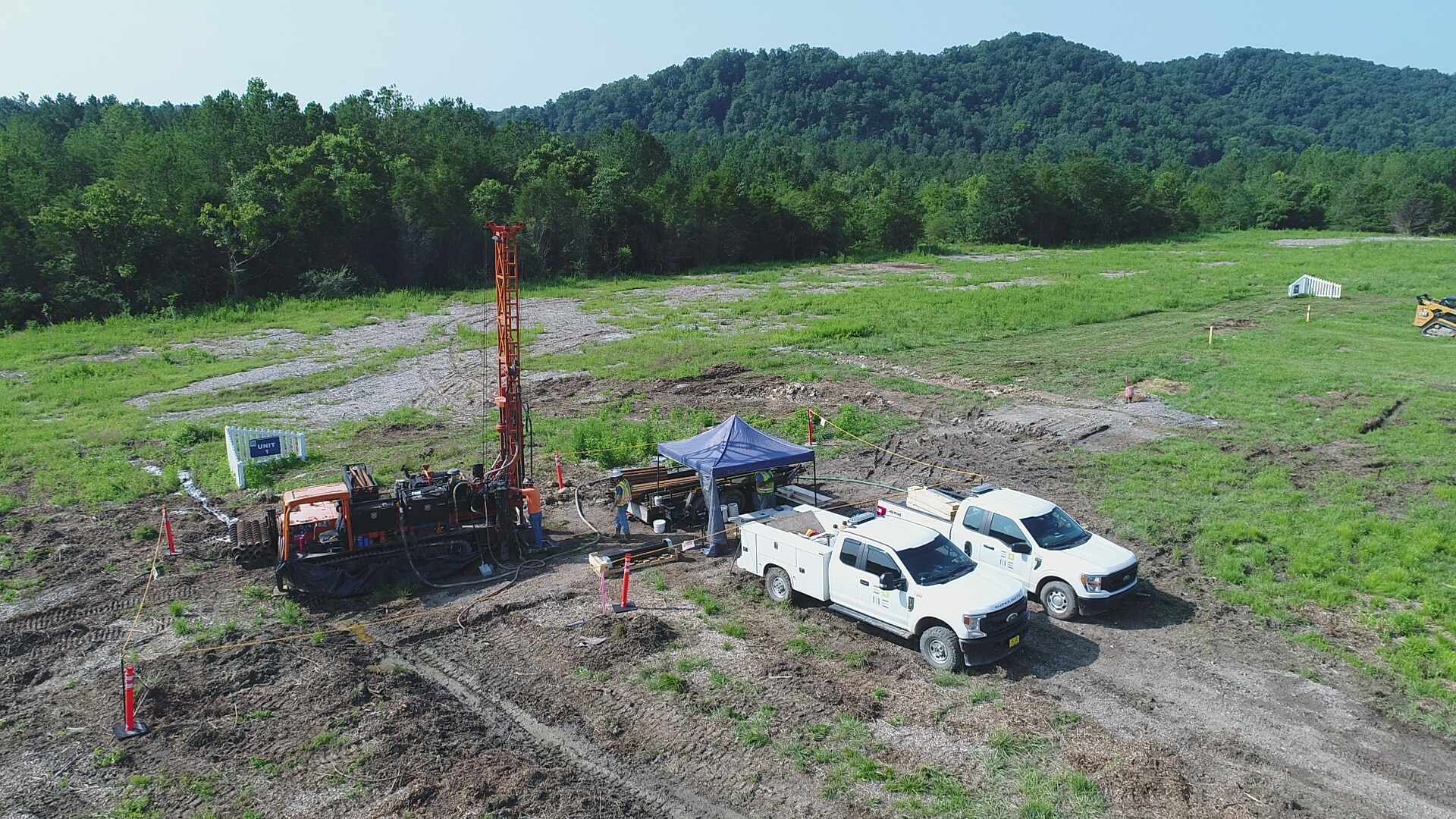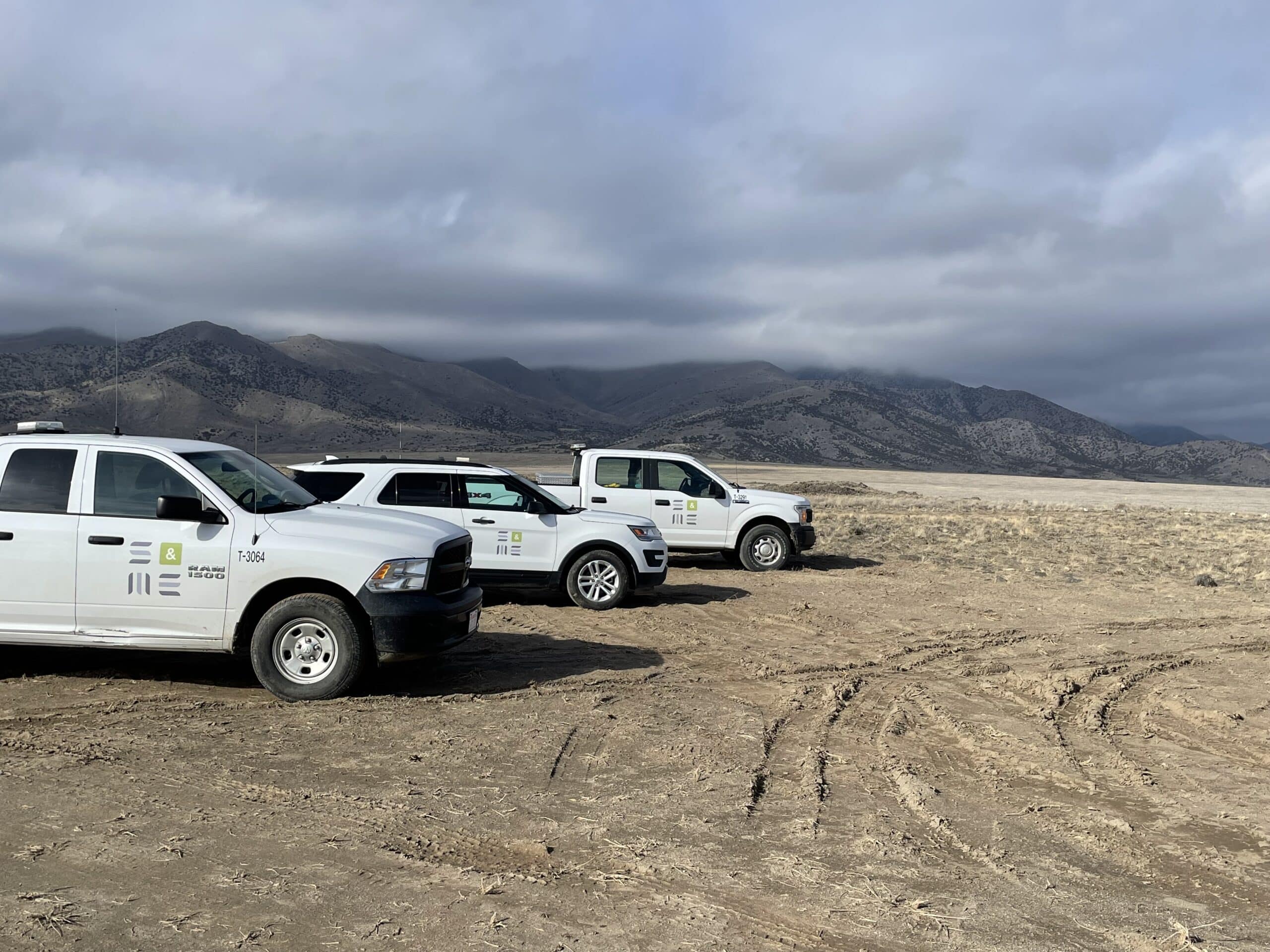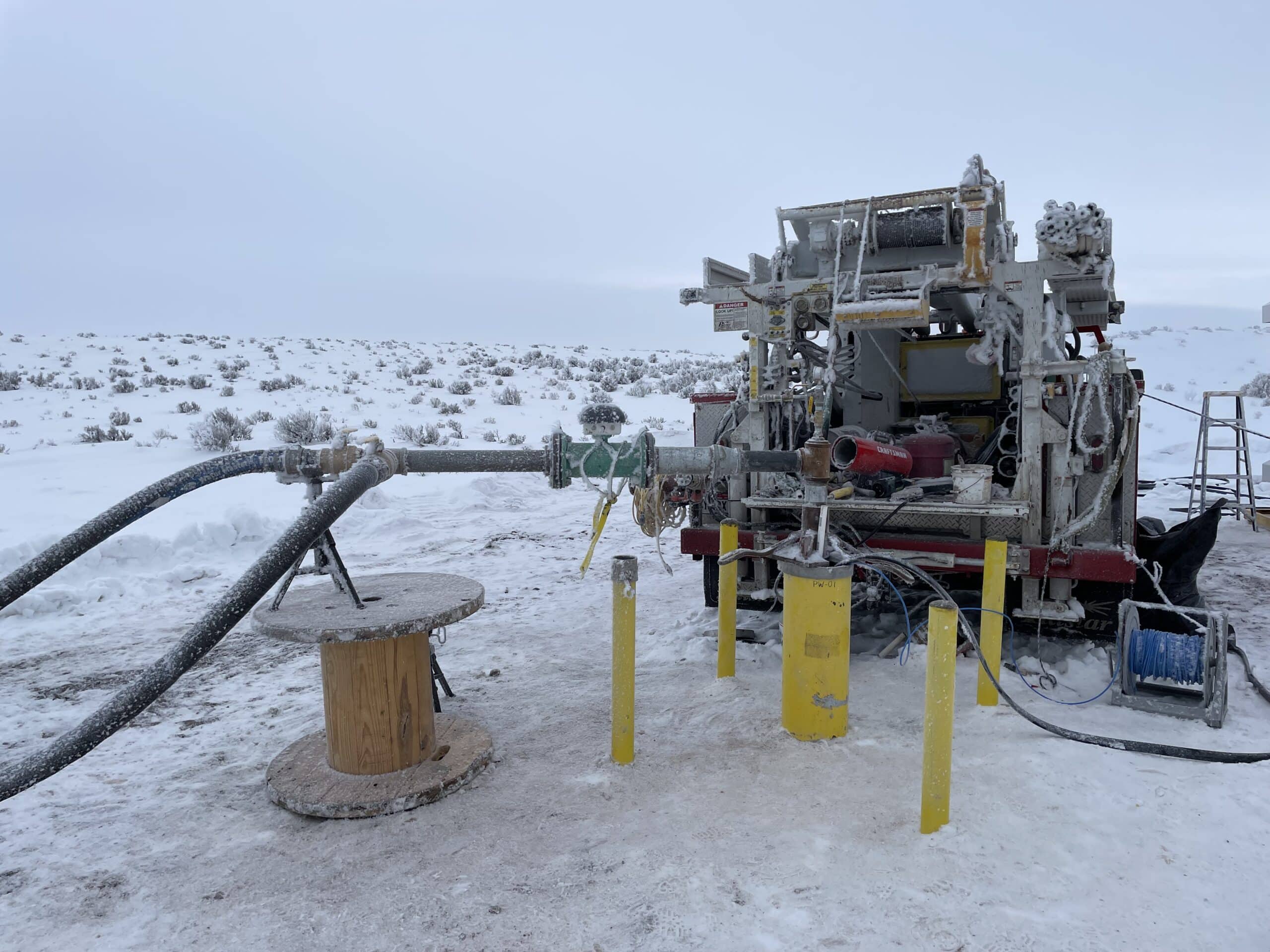5 Factors Contributing to the Resurgence of Nuclear Power
December 08, 2023
 Momentum is building for nuclear power
Momentum is building for nuclear power
Nuclear power has experienced a resurgence in interest in recent years due to its potential to provide a reliable and low-carbon source of electricity. As concerns about climate change and the need to reduce greenhouse gas emissions have grown, nuclear power is being considered part of the solution to meet energy demands while minimizing environmental impact on a global scale.
Several factors contribute to the renewed interest in nuclear power:
- Low Carbon Emission: Nuclear power plants produce electricity without emitting greenhouse gases during operation, making them a potential option for reducing carbon emissions from the energy sector.
- Reliable Baseload Power: Nuclear power provides a stable and consistent source of electricity, which is important for maintaining a reliable power grid and complementing intermittent renewable energy sources like solar and wind.
- Energy Security Outlook: Nuclear power can contribute to energy security by reducing dependence on fossil fuel imports.
- Advanced Reactor Designs and Innovation: Newer reactor designs, such as small modular reactors (SMRs) and advanced Generation IV reactors, are being developed with enhanced safety features and increased efficiency. These designs aim to address some of the concerns associated with older reactor technologies. Research and development efforts are focused on improving reactor safety, reducing waste, and finding innovative solutions for nuclear fuel cycles.
- Improved Public Perception and Political Support: Public opinion about nuclear power has been evolving, with increased awareness of the need for clean energy sources driving a more favorable view of nuclear power in some regions. In fact, Americans are more supportive of using nuclear energy than they have been since 2012. Some governments are also including nuclear power as part of their energy policy strategies to achieve their climate and energy goals.
Nuclear Energy Market Outlook
As of August 2023, the US had 93 operating commercial nuclear reactors at 54 nuclear power plants in 28 states.

For a second successive year, the International Atomic Energy Agency (IAEA) has revised its annual projections of the potential growth of nuclear power during the coming decades, reflecting a shift in the global debate over energy and the environment amid growing concerns over energy security and climate change. In its new outlook for global nuclear capacity for electricity generation by 2050, the IAEA has increased its high-case scenario by 10% compared with last year’s report.
In its high-case scenario, the Agency now sees world nuclear-generating capacity more than doubling to 873 gigawatts net electrical (GW(e)) by 2050, compared with current levels of around 390 GW(e). That’s an additional 81 GW(e) on top of last year’s projection. In the low-case scenario, generating capacity remains essentially flat.
S&ME Nuclear Services
 S&ME Nuclear Practice Leader, Julie Robertson, tells us,
S&ME Nuclear Practice Leader, Julie Robertson, tells us,
“Nuclear energy’s growth trajectory is robust. The market outlook is driven by a clear imperative for clean and sustainable energy solutions. S&ME is engaged in the market and involved in the full life cycle of the nuclear supply chain. S&ME also maintains a 10 CFR 50 Appendix B and NQA-1 compliant Quality Assurance Program. This allows us to perform safety-related work for nuclear power generating utilities and for DOE and NNSA projects.”
- Geotechnical and environmental investigations for new and existing facilities
- Construction materials testing for new and life enhancement projects
- Permitting and Combined License Application Support
- Civil engineering and design for landfills, ponds, spent fuel pool installations and other ancillary structures
- Operations & maintenance and repair support for existing facilities
More information on S&ME nuclear services can be found here.




